I first discovered Fabriano paper at Munich Airport. I was flying down to Ancona, Italy. The easiest route from Northern England was from Manchester to Munich on Lufthansa and then a plane change to Air Dolomiti for a short hop over the Alps and down to Ancona. It was a great route for an Italophile like me. As soon I landed at Munich and headed for the Air Dolomiti gates I was basically in ‘Little Italy’. The whole corridor was filled with departures for Pisa, Catania, Verona, Napoli, Bari and Brindisi. There were Italian cafes, Italian food shops and a wonderful stationery shop called Fabriano. The Fabriano shop caught my eye immediately. Brightly coloured note books, artists pads, sketch books, journals, diaries, paper of all kinds. All beautifully displayed along with pens, pencils and gift cards. I was in heaven. I purchased a pile of notebooks and rushed to get on the plane.
I was heading to Italy to work as a guide for a small group of clients. I’d arranged a one week trip to help people improve their Italian language skills and to enjoy lots of history, culture, food and wine. We were staying in a fabulous country house deep in the hills of Le Marche. I had twenty four hours for final preparations before the first guests arrived. I left the airport in my hire car, which just happened to be a little Alfa Romeo and drove into the verdant green ‘campagna’. I was following signs for Jesi and Fabriano. Fabriano, a town called Fabriano. I sat up and took notice. Fabriano – The same name as the stationery shop I’d just discovered. What a coincidence. I stopped at a bar and got my guide book out. Sure enough just 45 minutes up the road was the town of Fabriano, a medieval town, famed for its paper industry. They even had a ‘Museo della Carta’ a ‘Paper Museum’ and it re-opened after lunch at 2.30 pm. Well that had decided my afternoon’s activity. Off I went to Fabriano. Just an hour down the road. The historic town centre consisted of red brick palaces, elegant piazzas and polished marble pavements. The Museo della Carta was easy to find. As luck would have it a tour was just starting.
FABRIANO – Museo della Carta – The craft of paper-making began in China, spread to the Arab world and arrived in Europe in the middle of the 13th century, the guide explained. Paper-making skills and techniques may have been seen by Marco Polo on his travels to the east. Ancona, on Italy’s Adriatic coast was an important port in those days and cotton, hemp, flax and jute were imported from Egypt. Fabriano was in a perfect location for making paper. There was an abundant water supply from the nearby Apennine Mountains, and the journey from the coast took just a day or two by horse and carriage. Initially very small amounts of paper were made, by hand. Cotton fibres were soaked in barrels of water and then pressed and dried, repeatedly, until fine sheets of paper had been created. These sheets could then be cut, folded or rolled and sold. The price was determined by the weight of the paper. A market developed for high quality paper, Fabriano products were sold throughout Italy. Then in 1440 the printing press was invented and suddenly huge amounts of paper were required. For the first time it was possible to print books, pamphlets and leaflets in large numbers. Books became affordable and the demand for paper and printed materials boomed. Fabriano, with its paper-making expertise was sitting on a gold mine.
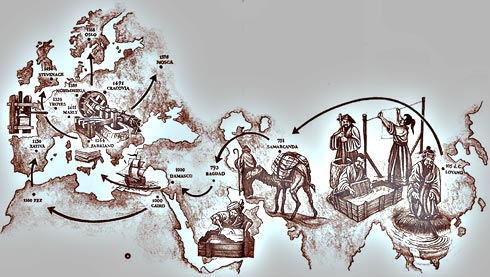
The town of Fabriano consisted of red brick palaces, elegant piazzas and polished marble pavements. There were very few tourists. The Fabriano Stationery shop I’d just discovered at Munich Airport was the direct result of the paper industry based in this beautiful medieval town since 1250. More than seven centuries of paper-making skills and generations of artisans had lived and worked in this town producing fine quality paper for the whole of Europe. This tradition continues to the present day. Fabriano continues to produce high quality paper, note books, artists paper and journals. The industry specialises in ‘security paper’ too, which is used for bank notes and important documents. Fabriano prints many of the ‘euro’ bank notes that we use every day of our lives.
On a recent trip to Sicily with some new clients I got to know the artist Mary Lou Peters. Mary Lou is now a very dear friend. When I spotted a Fabriano shop in Taormina I decided to introduce its treasures to Mary Lou. She loved the shop and we made several trips there stocking up on all types of paper, pens and note books. More recently I was in Venice with a small group and again I headed straight to the Fabriano shop to admire and appreciate the fantastic range of stationery available.
The quality of the Fabriano paper and the elegant display of stationery in the Fabriano shops is a joy to behold. For all lovers of paper, stationery and related products, I urge you to visit a Fabriano store now. There are shops in London, Paris and numerous locations in Italy and worldwide. Serendipity is a wonderful thing. A shop at Munich Airport, a road sign saying Fabriano, a visit to the ‘Museo della Carta’ and the rest as they say is history.
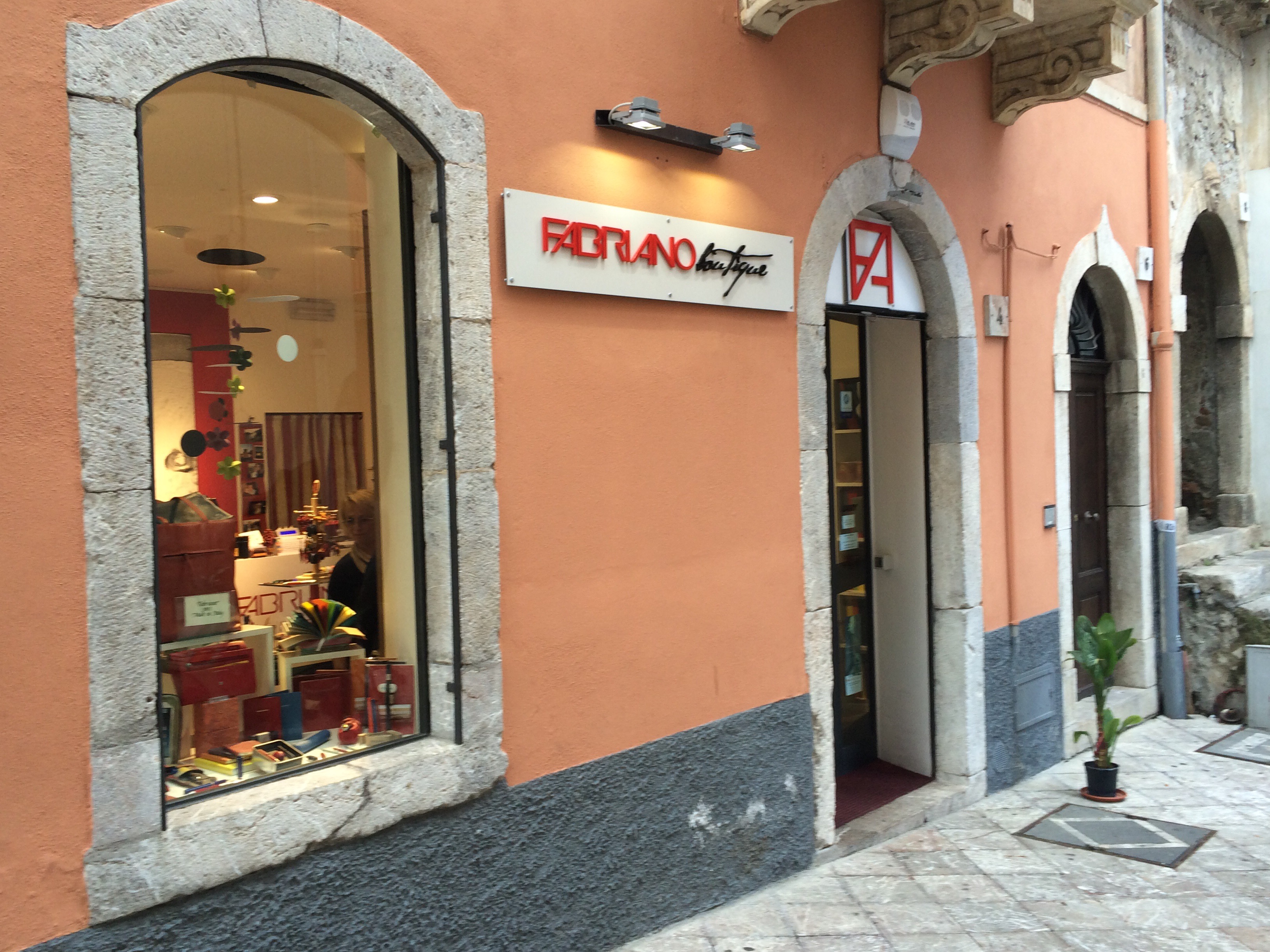
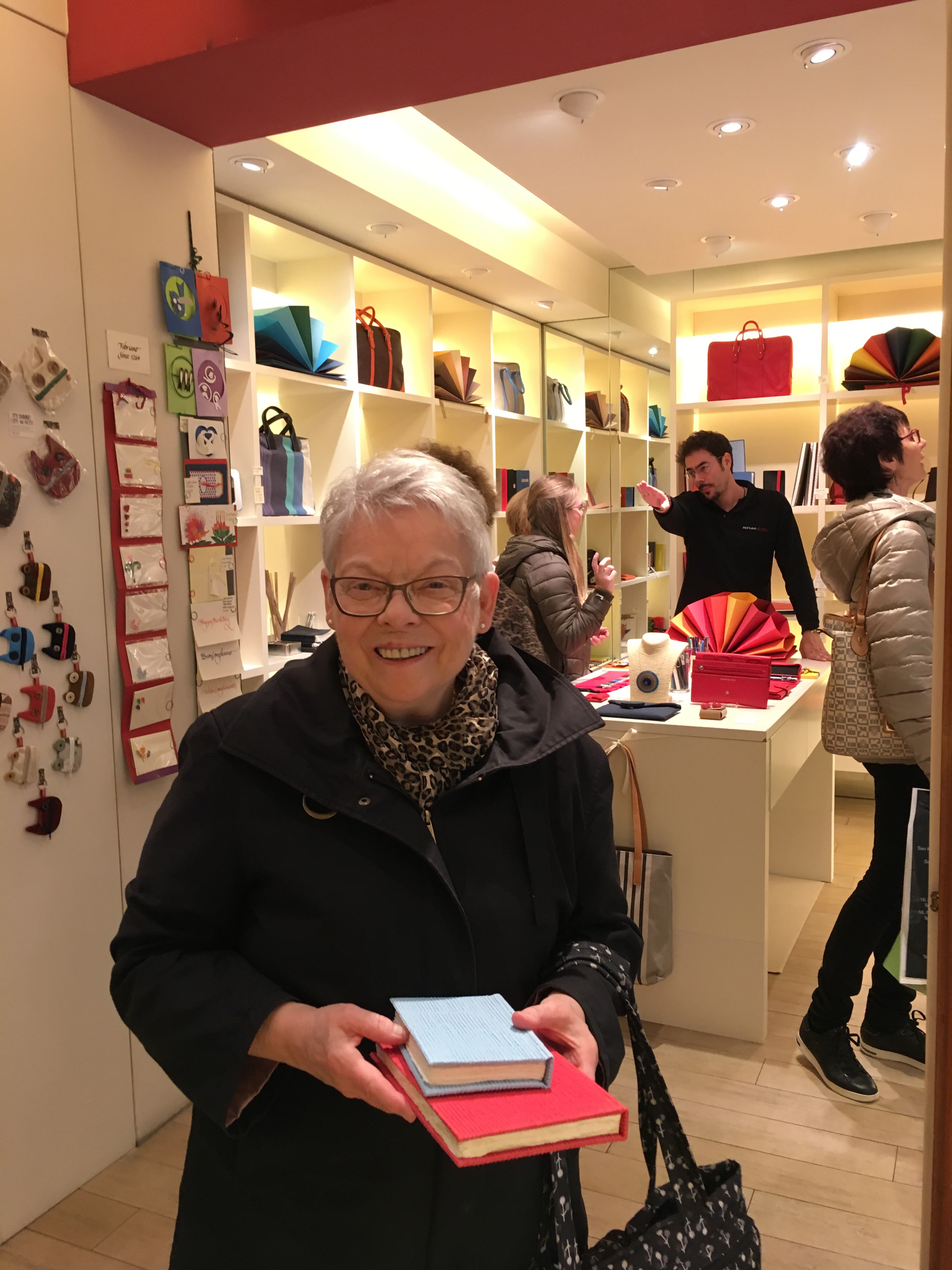
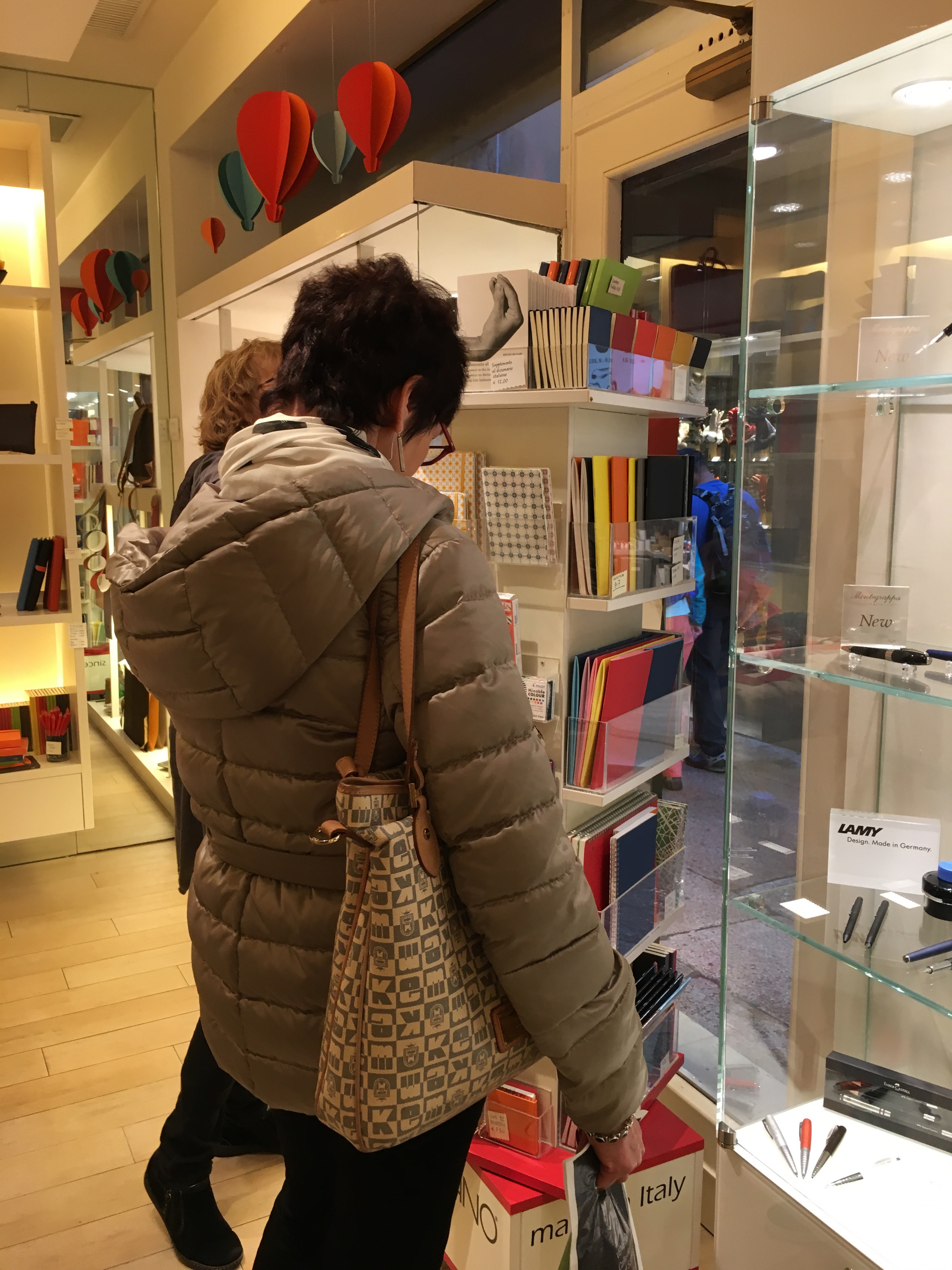
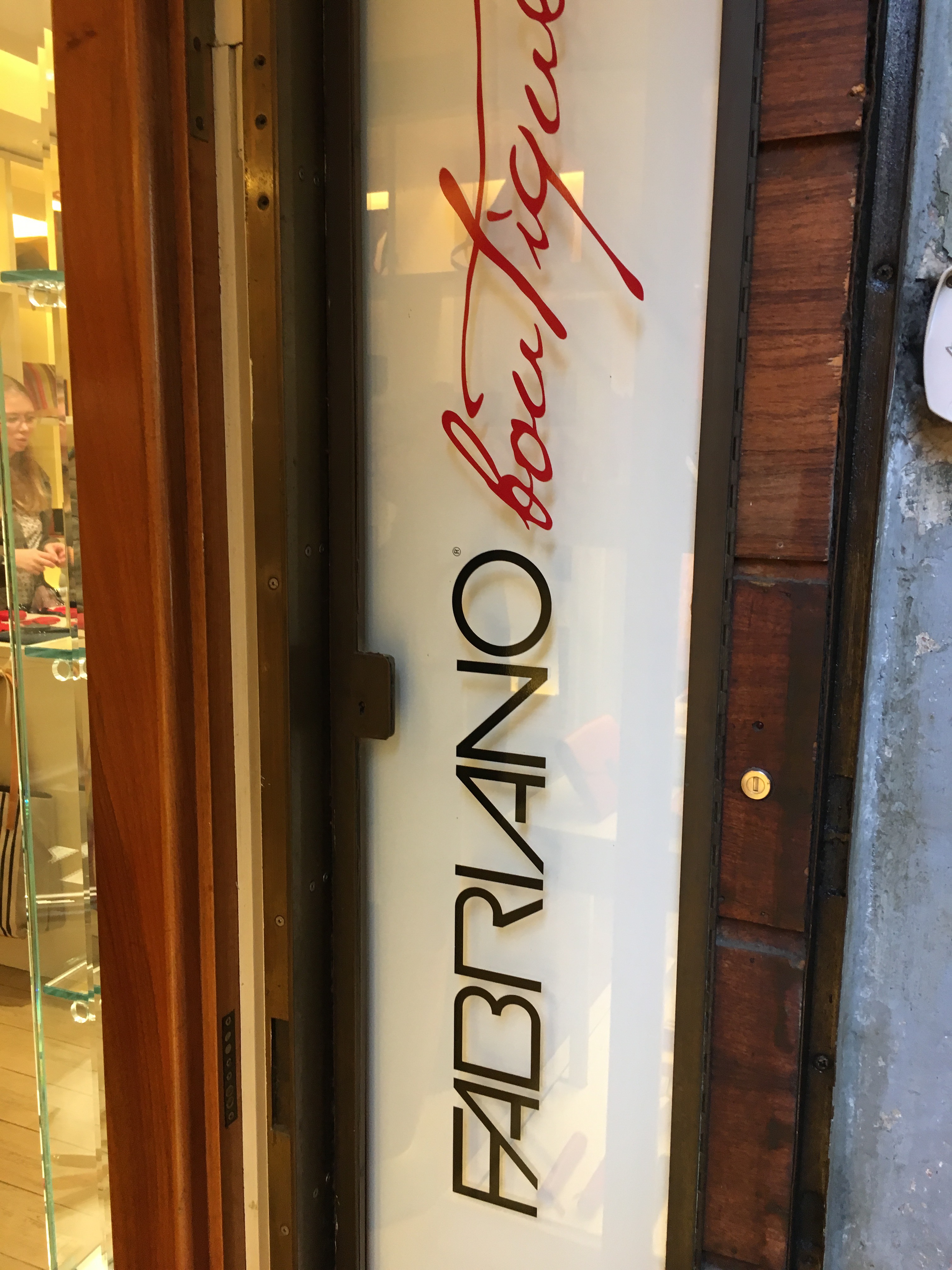

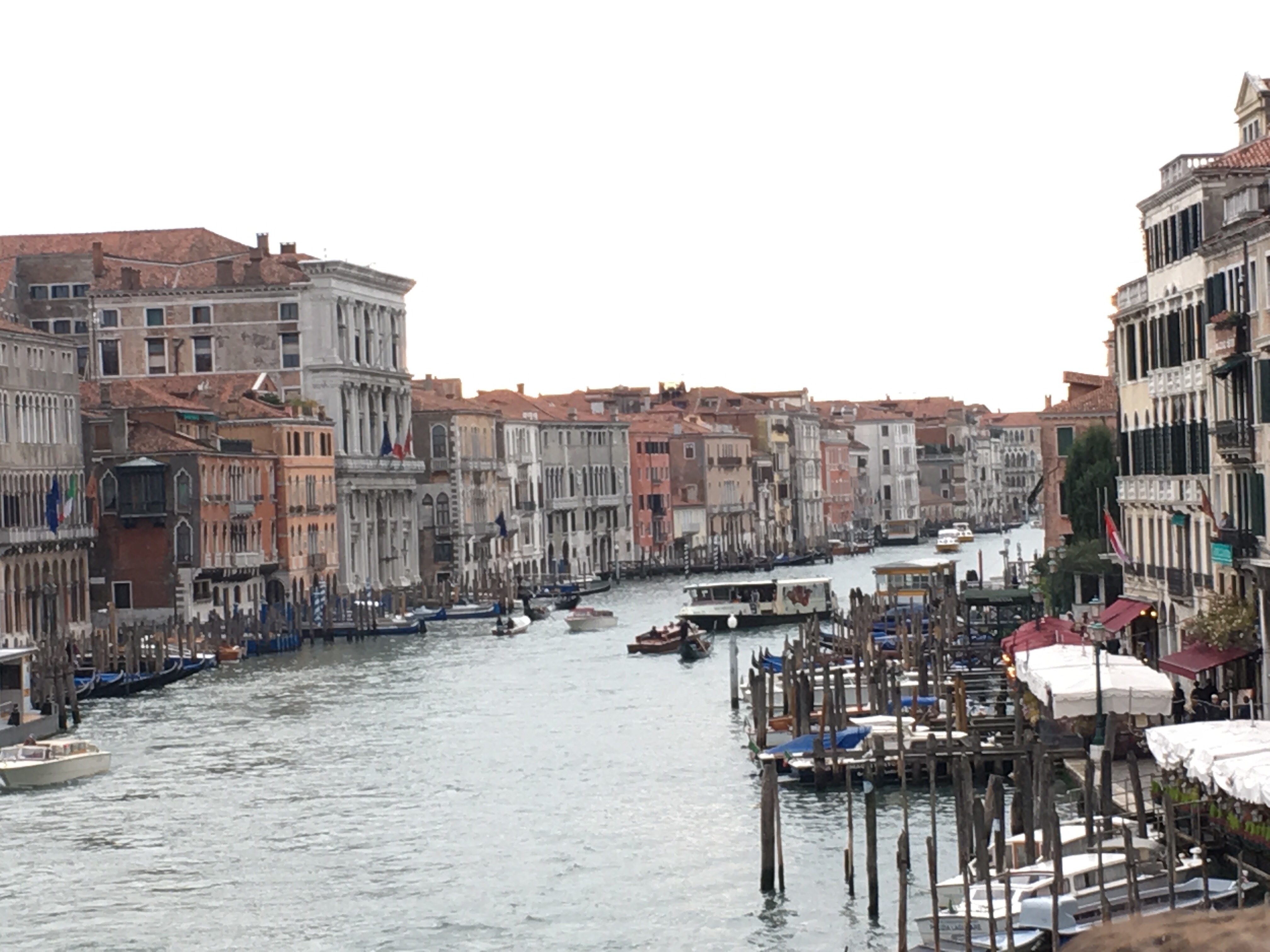
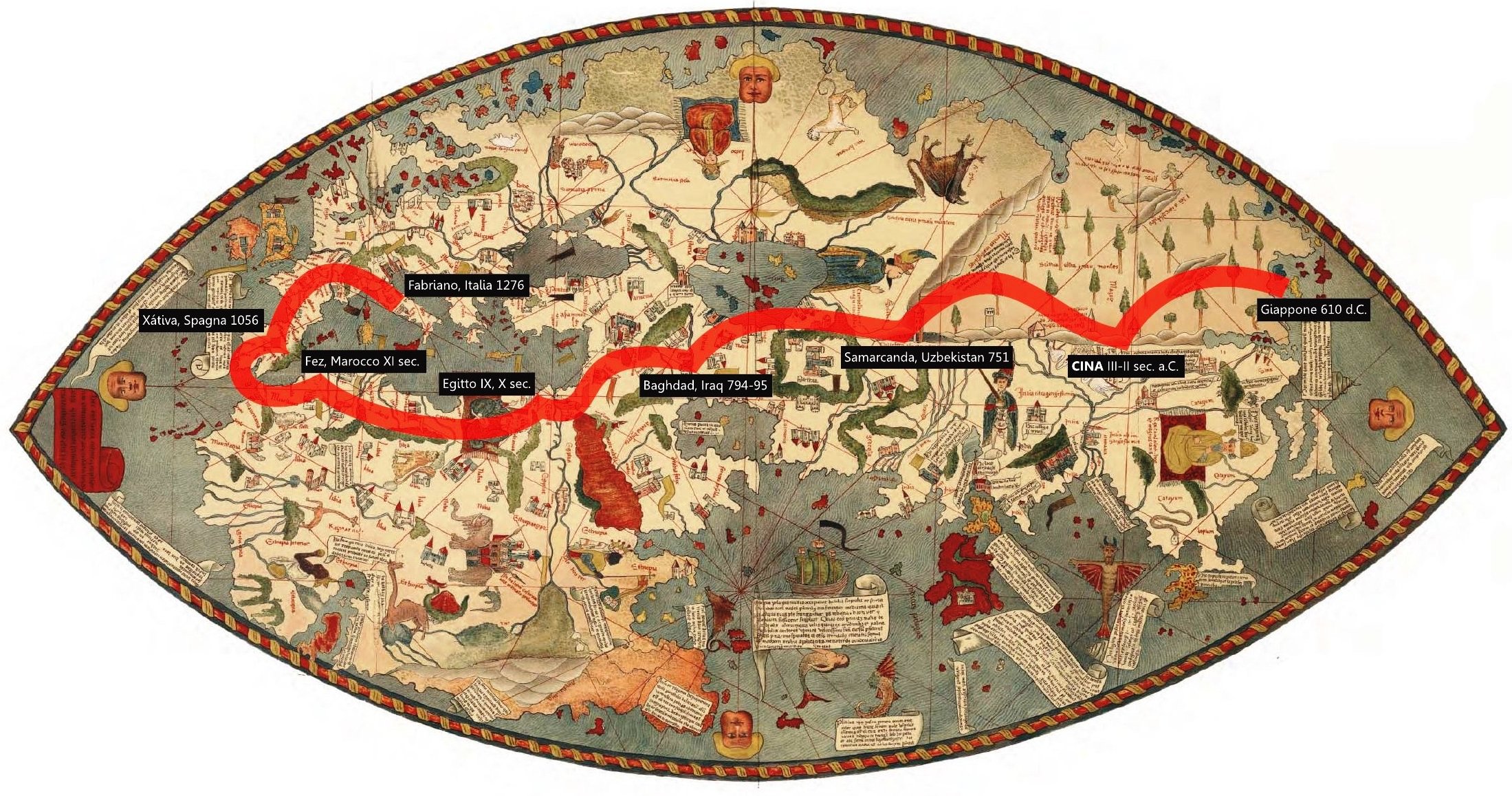
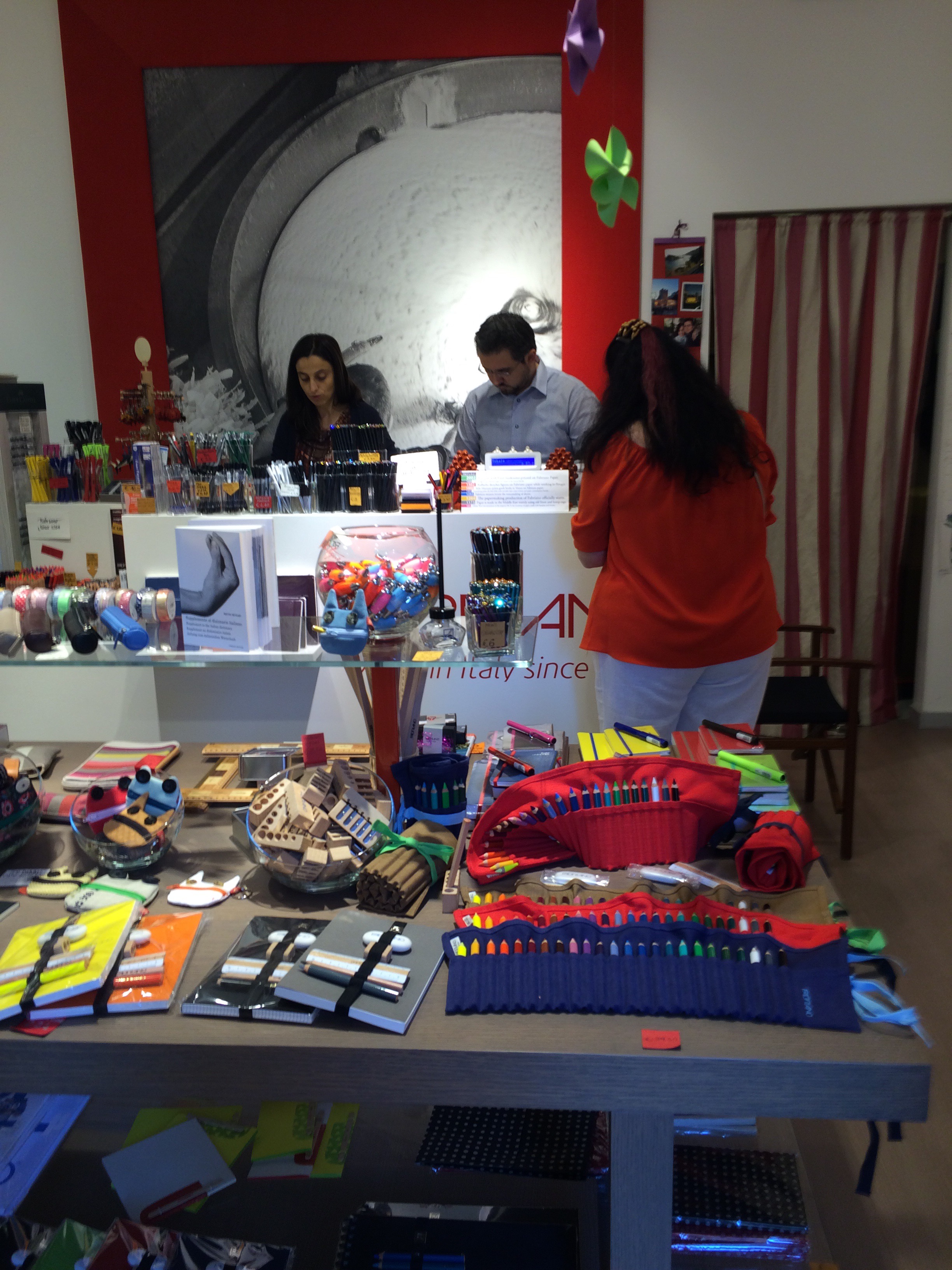

Notes:
- The Museo della Carta has an excellent web site. Very informative and interesting.
- Fabriano Tourism promotes the town and surrounding areas. A good source of further information
- Le Marche is the region of Italy, bordering the Adriatic Coast, where Ancona and Fabriano are to be found. A beautiful area of rolling hills, emerald green pastures and extensive vineyards. There are numerous medieval towns and villages, many of them built on hill tops. For more on Le Marche I strongly recommend a visit.
- Mary Lou Peters is an accomplished artist, you can discover more at her web site: www.maryloupeters.com
- Written and published: August 2017.
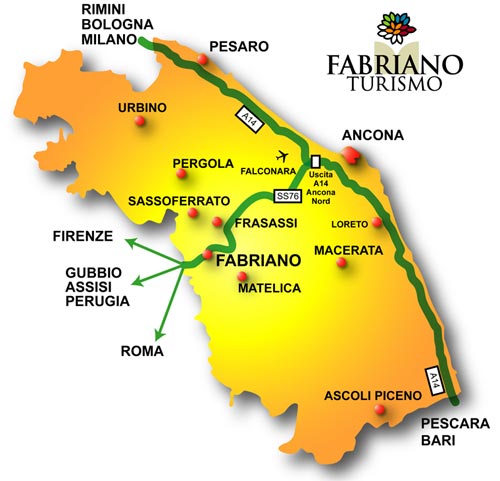
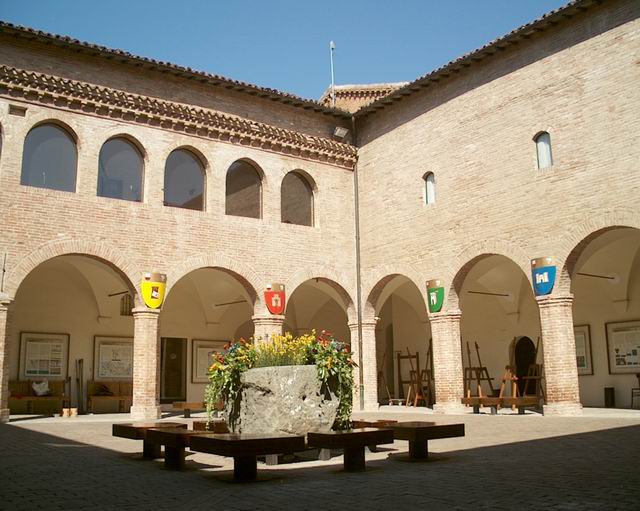
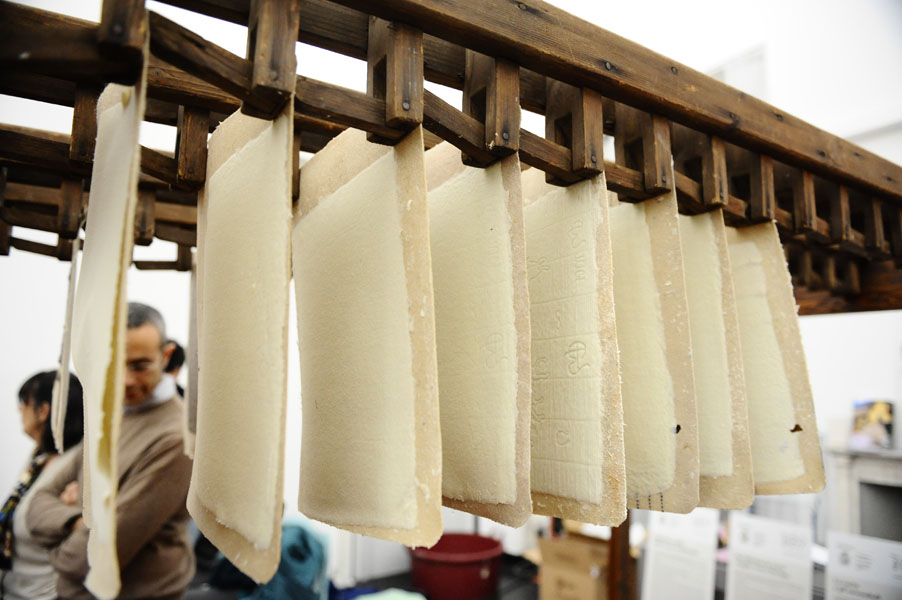


I’ve never been to Fabriano, but I have been on several of Janet-organised trips and couldn’t endorse more warmly Mary Lou’s observation on your unique knack of “tailor-making” every trip and visit. You love of Italy and all things Italian (which I share) shines through, and this article confirms your unique ability to bring a slice of Italian life right off the page and into our senses; well-written, educational, interesting and enjoyable – thank you and well done!!
John Eaton
LikeLiked by 1 person
Thank you John – you are so kind. Italy, its culture, history, people and charm is my passion. That’s just the way it is….
LikeLike
Fabriano for me is quintessential Italy – quality, craftsmanship, style and fun!
LikeLike
Oh, how I love this article, Janet! My heart is beating faster just remembering my first taste of Fabriano in Taormina, and then a repeat performance in Venice. Ah…such treasures await, and not anything I ever expected or can find again in the USA! You have a way of figuring out just what each member of your group wants to see, do, and experience, then delivering it! I’m so glad I discovered you and Grand Tourist travel!
LikeLiked by 1 person